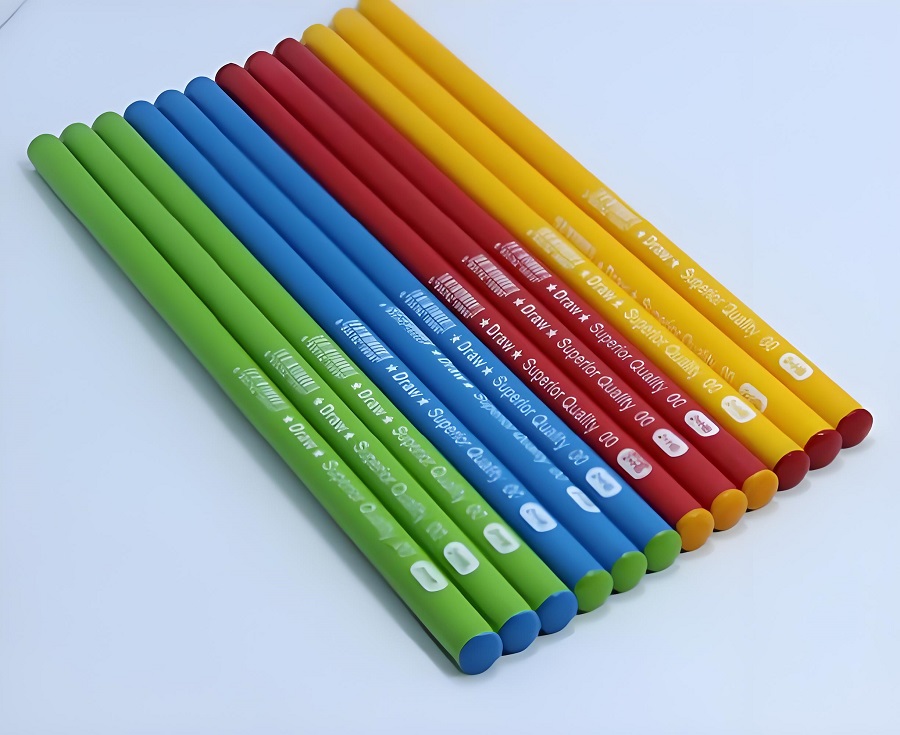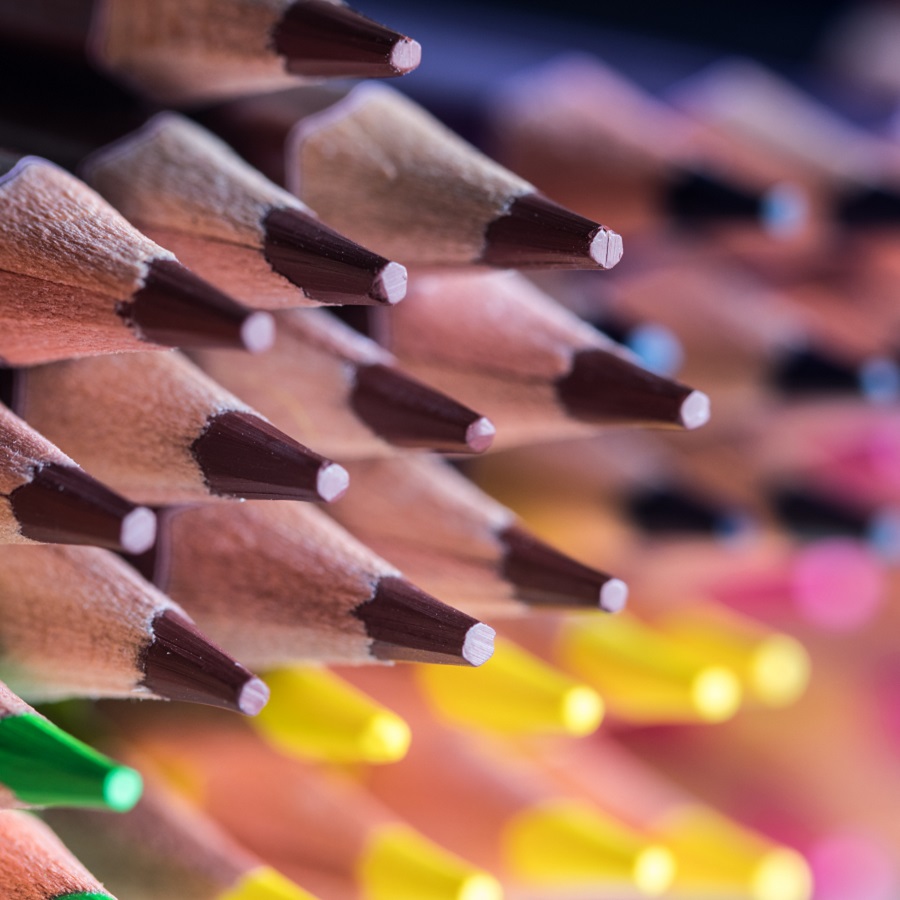Color pencils are a versatile and enchanting medium for artists of all skill levels. Whether you’re a seasoned professional or a budding artist, the world of color pencils offers endless possibilities for creativity. This article explores the basics of color pencils, provides tips on choosing the best ones for your needs, and shares valuable techniques to elevate your artwork.

Understanding Color Pencils
Color pencils are a staple in the art world, loved for their ease of use and vibrant results. These pencils consist of a core made of pigment and binder, encased in a wooden shaft. There are various types of color pencils, including wax-based, oil-based, and watercolor pencils. Each type has unique characteristics that cater to different artistic needs.

Wax-based pencils are the most common, offering smooth application and rich color payoff. Oil-based pencils, on the other hand, provide a softer feel and can be blended to create beautiful gradients. Watercolor pencils combine the precision of a pencil with the fluidity of watercolor, allowing artists to create stunning watercolor effects with a simple brush of water.
Choosing the right type of pencil depends on your artistic goals. For detailed work and layering, wax-based pencils like Prismacolor Premier are ideal. For smooth blending and a softer touch, try Faber-Castell Polychromos oil-based pencils. If you enjoy experimenting with watercolor effects, Derwent Watercolour Pencils are a great choice.
Read more about different types of color pencils
to find the perfect fit for your artwork.
Tips for Selecting the Best Color Pencils
Selecting the best color pencils can significantly impact the quality of your artwork. Here are some tips to guide you:
-
Consider the Brand and Quality
: Renowned brands like Prismacolor, Faber-Castell, and Caran d’Ache offer high-quality color pencils known for their pigment intensity and durability. While these may be pricier, the investment is worth it for professional-grade artwork.

-
Check the Lightfastness
: Lightfastness refers to how well a color resists fading over time. If you’re creating pieces for display, choose pencils with high lightfastness ratings. Many manufacturers provide this information on their packaging or websites. -
Test the Texture and Blendability
: The texture of the pencil core affects how it feels on paper and its blendability. Test different brands to find the one that matches your preferred drawing style. Soft cores are excellent for blending and layering, while harder cores are great for fine details. -
Consider Your Budget
: While it’s tempting to go for the top-tier brands, there are excellent mid-range options like Derwent and Koh-I-Noor that offer great quality without breaking the bank. For beginners, brands like Crayola provide decent quality at an affordable price.
For a wide range of high-quality color pencils, check out
durzerd.com
, a trusted supplier for artists of all levels. If you’re looking for small batches or unique sets,
cpencils.com
offers a curated selection perfect for hobbyists and professionals alike.
Mastering Color Pencil Techniques
Color pencils are more than just a tool for coloring; they are a medium that can produce intricate and sophisticated artwork. Here are some techniques to master:
-
Layering and Blending
: Layering involves applying multiple colors on top of each other to create depth and richness. Start with light pressure and build up layers gradually. Blending can be done using a colorless blender pencil or by gently rubbing with a soft cloth or tissue. -
Burnishing
: Burnishing is a technique where you press hard on the pencil to create a smooth, shiny surface. This is particularly useful for achieving a polished look and blending colors seamlessly. A white or colorless blender pencil works well for this technique. -
Creating Texture
: Different strokes can produce various textures. Use short, overlapping strokes for a smooth finish or cross-hatching for a textured effect. Experiment with stippling (dotting) to add unique textures to your work. -
Using Solvents
: For a painterly effect, you can dissolve the pigment with a solvent like rubbing alcohol or a blending marker. This technique is especially effective with wax-based pencils and can create soft, blended areas that resemble watercolors.
For more detailed tutorials on these techniques,
visit this guide
to enhance your color pencil skills.
Applications of Color Pencils in Art
Color pencils are incredibly versatile and can be used in various art projects. From detailed portraits to vibrant landscapes, here are some applications:
-
Portraits
: The fine tips of color pencils allow for meticulous detail, making them perfect for capturing the nuances of human features. Artists like Karen Hull create stunning, lifelike portraits using color pencils, showcasing their potential for realism. -
Illustrations
: Whether for children’s books, graphic novels, or editorial pieces, color pencils offer a range of vibrant colors and the ability to create both detailed and whimsical illustrations. -
Mixed Media Art
: Color pencils can be combined with other mediums like ink, watercolor, or acrylics to create mixed media art. This combination allows for endless creative possibilities and unique textures. -
Fashion Design
: Many fashion designers use color pencils to sketch their designs. The ability to blend and create gradients helps in visualizing fabric textures and color combinations.
To keep your artwork vibrant and lasting, proper storage and care are essential. Store your pencils in a cool, dry place and protect your finished pieces with a fixative spray to prevent smudging and fading. For more tips on preserving your color pencil art,
read this article
.
Color pencils are a delightful medium that can unlock a world of creativity. Whether you’re drawing detailed portraits, creating vibrant illustrations, or experimenting with mixed media, the right color pencils can make all the difference. Explore the variety of options available, practice different techniques, and most importantly, enjoy the process of bringing your artistic visions to life.



